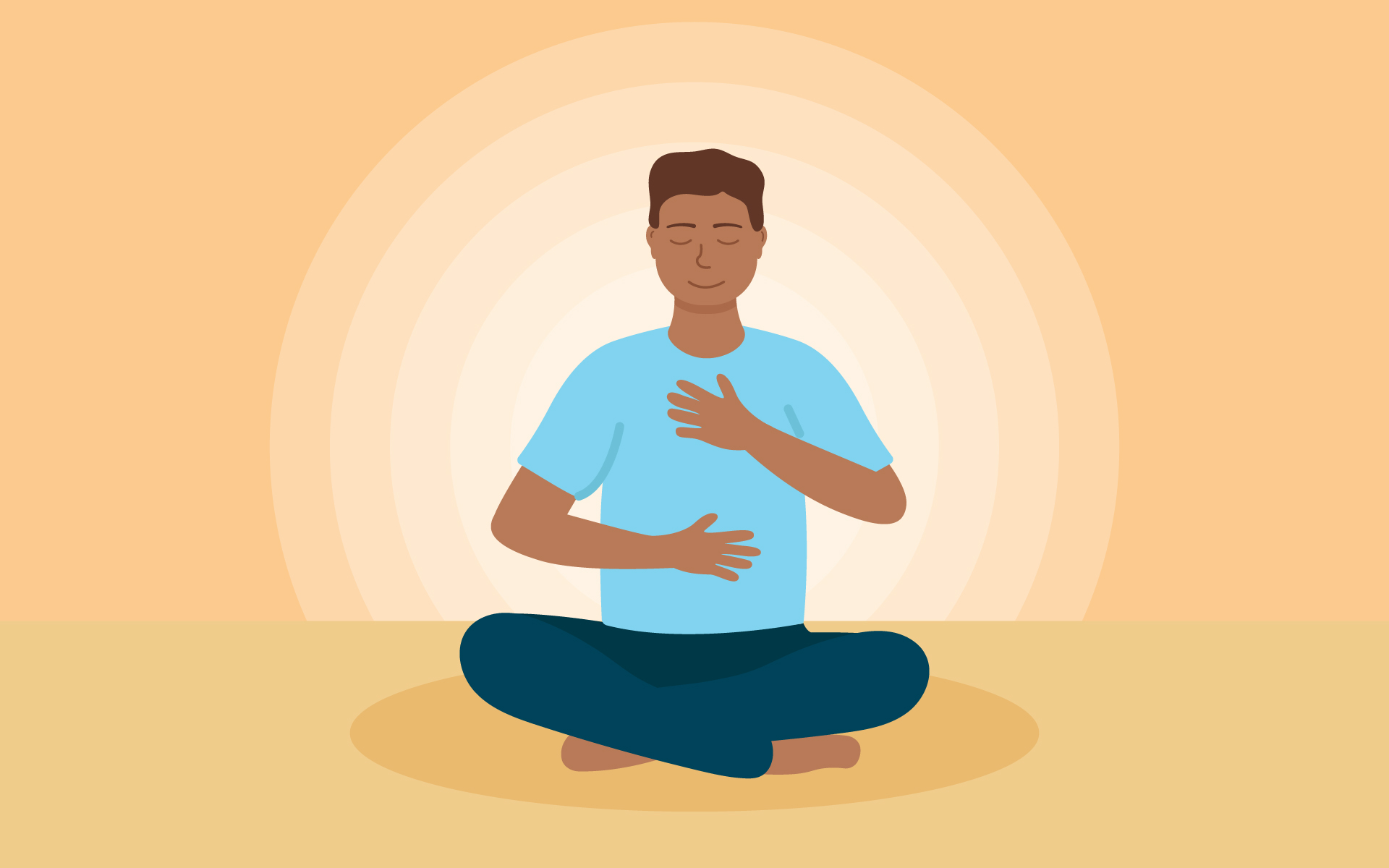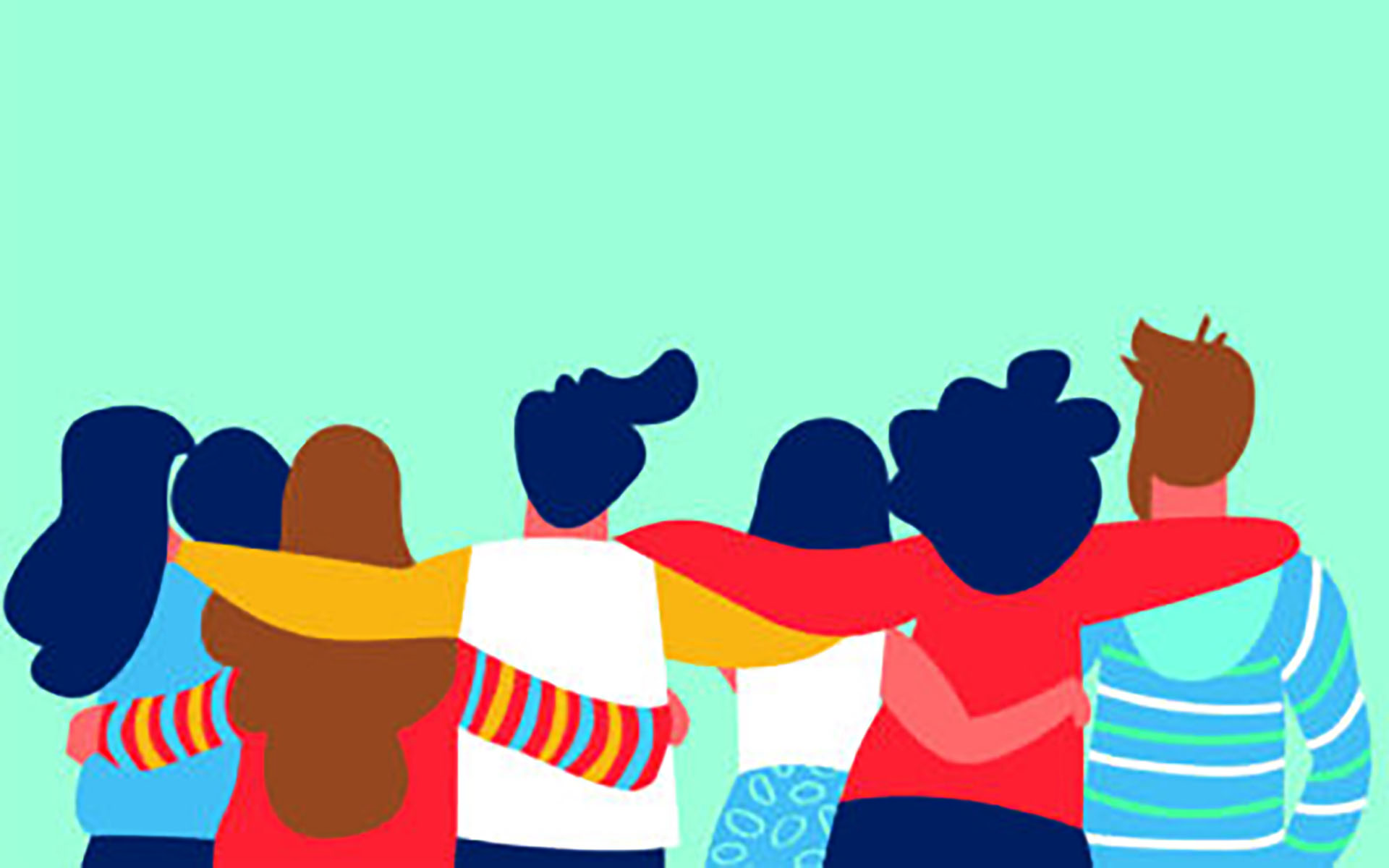We should all cut ourselves some slack for how much we doubt. If you take seriously what research suggests, we may actually be wired for it.
Overt evidence of a biological basis for doubt comes from neuroscientific findings by researchers at the University of Iowa College of Medicine. Erik Asp and colleagues presented eight different consumer advertisements to 18 patients who had suffered localized damage to an area of the brain called the ventromedial prefrontal cortex (vmPFC), as well as to two other group of patients (some with damage in the brain but outside this specific area) and the other group a set of healthy control patients. Based on foregoing studies, the researchers suspected that the vmPFC brain region plays a role in facilitating self-protective skepticism (e.g. for misleading ads). Study results suggested that patients with vmPFC damage were significantly more likely to be swayed to purchase products from these ads than patients with other forms of brain damage, or healthy individuals.
Researchers suspected that the ventromedial prefrontal cortex (vmPFC) brain region plays a role in facilitating self-protective skepticism. Study results suggested that patients with vmPFC damage were significantly more likely to be swayed to purchase products from advertisements than patients with other forms of brain damage, or healthy individuals.
We should be grateful that evolution handed us the vmPFC’s ability to detect quackery and facilitate a questioning, clarity-seeking mindscape. And if you happen (hypothetically of course) to have a wife who is more than a little frustrated with your Amazon-purchasing of less-than sensible products, then direct her to Asp’s study. (“See honey, it’s not me, it’s my insufficient vmPFC!”) Without the brain’s ability to engage in this scanning of other information passing through our moment-to-moment awareness, we are more at risk for self and other sabotage. We therefore benefit from our brain’s built-in skepticism—as long as we don’t take our doubting to extremes that bind up our well-being and effectiveness in daily life.
The Blindspots You Can’t Avoid
Biologically, our bandwidths for accurately seeing the full range of reality are not as wide as you might think (or wish for yourself). Even though about one quarter of our brain’s terrain is devoted to visual processing, our binocular vision affords us only a 200 degree horizontal view of the world, whereas a pigeon’s monocular vision gives it an almost 360 view. Also, the anatomy of our eyeballs is such that (due to the location of the optic nerve at the back of each eye), we actually have a “blind spot” in our field of vision. We don’t “see” it because our brain automatically fills in the hole with information gathered from both eyes. What you see right now is, at least in part, an illusion. The human eye only sees wavelengths of light between 390 and 750 nanometers (the “visible” light spectrum), whereas many animals can see in a far broader spectrum (like infra-red wavelengths or “night vision”) to which we are blind. And this is only considering the sense of vision.
Our perceptual apparatus is not only limited in how much information it can take in at any given moment, but our environment also distorts the content of our perceptions and behavior. Speaking of visual limits, imagine being asked to watch a video clip of two teams (one wearing white, the other black) running in and among one another, each team passing a basketball as quickly as possible between their teammates. If you were asked to accurately count how many passes the “white” team made in about ten seconds of passing, do you think you’d be able to do it?
Even if you were able to provide the correct number of passes to the experimenters in this research study, you’d still be very likely (about half of you) to miss the most relevant detail in the video clip . . . the moonwalking man in a gorilla suit who moved fluidly through the mass of basketball players during the clip! About half of all research participants do not see this at all. This research documents how humans often exhibit “inattentional blindness” for objects that are complex and are part of fluid, changing scenes. In the rush of things, and particularly when we’ve narrowed in on a specific expectation (e.g. “I think I’m going to drop the ball”), we (or me in the case of that day in the outfield during a Little League game) will drop it and miss the other details that could have shifted the outcome if we’d only noticed them.
Doubt as Social Contagion
Doubt may also be “contagious” among members in social networks. Though doubt itself may not be among the emotional or behavioral constellations studied thus far, an extensive number of studies have demonstrated how emotional and behavioral patterns can be contagious for people who are merely connected in terms of interpersonal interaction to some nature or degree. These results include how things as disparate as obesity, smoking, depression, cooperative actions, happiness, tastes in movies, or even degrees of altruism are more likely just by virtue of being connected to others who exhibit these patterns. Such results are nothing new. Social psychology has a long history of documenting the malleability of our thoughts, emotions, and behavior when we place ourselves in certain contexts.
To date, I have led hundreds of group and family therapy sessions. Groups and families seem to develop their own “tone,” a sort of emotional and behavioral fingerprint that results in patterns of interactions within the relationships. One parent may be chronically “distant” during therapy sessions. A group member may be the savior of others. A child within a family session may be the identified source of all the family’s woes. A group member may be a mutineer who seeks to rally other members to stage a coup against the therapist. And these families and groups often can seem very different, have a noticeably shifted tone, if one or more members are absent at a given session. Families and groups in therapy can develop a sense of cohesiveness over the course of treatment, a sense of mutual responsibility and belongingness that, in and of itself, has been shown to positively influence the outcome of treatment.
My training and experiences as a therapist working with groups of interacting people has demonstrated to me again and again the immense value of “stepping back” and asking myself questions to establish a bigger-picture view of how doubt might be surfacing and creating a patterns. Questions might include:
- What underlying messages are these people sending to each other and to me?
- What is the pattern communicating?
- What does so and so really want and need, and how are they trying to take care of these things in this interaction?
- Who else, other than who is currently present, may be influencing this person’s behavior and attitudes?
- How is this person expressing influences of other family members, their friend or professional network, their community?
- If I had to do a complete accounting of all the forces affecting things right now, what might they be? What might I be missing?
The goal of this process of questioning is not that your immediate answers are absolutely correct, but rather that you’re breaking free of snap judgments which may be based on distortions and prejudices, and you’re considering and generating alternatives. Creativity and change come from such a perspective. This would be a healthy, questioning form of doubt.
To doubt is human . . . Just don’t take your doubts so seriously—particularly the intense, skeptical kind which, if given mindless berth, will be one of the highest hurdles to happiness of your life.
So what’s the takeaway from this brief survey of doubt-relevant research? Let me aim for clarity with a few bullet points:
- Doubting is inherent to the human brain and therefore we should give ourselves a bit of breathing room for how readily doubt seeps into our minds . . .
- AND our brain-based perceptual lenses are limited in scope and readily distorted by factors in our environments and therefore . . .
- We should learn to doubt the certainty and absolute conclusions our mind (particularly at the extremes) creates.
To doubt is human . . . Just don’t take your doubts so seriously—particularly the intense, skeptical kind which, if given mindless berth, will be one of the highest hurdles to happiness of your life.
5 Signs Doubt is Present
In the next section, we shift toward methods for working with, and making a practice, of the experience of doubt. In order to begin, it helps to first be able to recognize that you’re stuck in doubt—it has a way of “sneaking up” on you, and so sniffing it out is key.
Here are some clues that doubt has descended:
- Tension or clenching in the body before, during, or after an activity, endeavor, project or relationship interaction
- A sense of indecisiveness about what action to take in a given situation
- The experience of “holding back”—not gentle and aware, but rigid and closed up
- Lots of “self-talk” (i.e. lots of “I / me / my / mine”) is cropping up, often followed with words like “can’t” or “won’t”
- A feeling of wanting someone or something to just “decide for you,”—a discomfort with not knowing what to do, think, or feel about something or a situation
Mindfulness Practice: Sidestep Your Doubting Brain
Think for a moment about some event coming up that matters a great deal to you. In particular, select one that you’ve been struggling with internally, dare I say doubting yourself, others, or some deeply desired outcome. Whether it’s a 50th wedding anniversary celebration or a romantic escape to a beach-lined locale, pick a real source of doubt for yourself.
- Sitting, centered and with eyes closed, visualize this future event. Make it vivid and let yourself go viscerally into whatever arises. Don’t try to do anything other than let the event have its way with you. What are you expecting to have happen? What do you want and need to happen? What’s at stake? Stay with the scene until doubt has reared up within you.
- Practice merely noting the PRESENCE of doubt . . . Label the experience with the acknowledgment “doubt is here” or “doubting … doubting … doubting.”Notice what shows up in your experience as you do so.
- Notice what else is here and now . . . What changes in the intensity and feeling tone of doubt arise as you continue watching? Bear witness to the ebb and flow of doubt.
- What’s happening in and around you as the doubt comes, stays and then ultimately goes? Mentally nod to all of this as it changes in your experience.
- Let go of the visualized scene and rest in the sensations of your breathing for a few moments. Take inventory of what you’ve learned about how permanent and solid doubt and its contents are.
Adapted from Mitch Abblett’s upcoming book: The Five Hurdles to Happiness . . . And the Mindful Path for Overcoming Them (Shambhala Publications)







